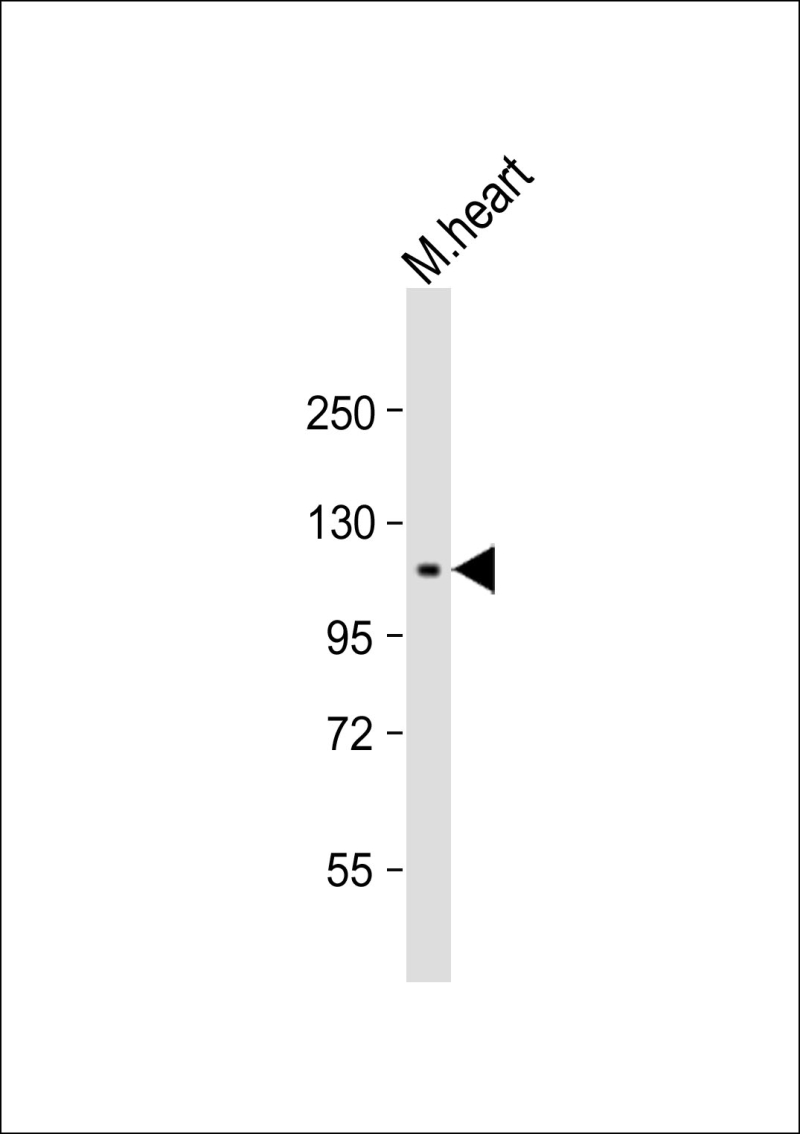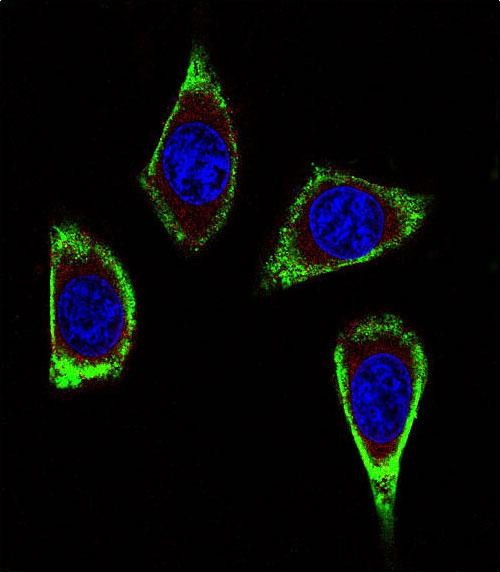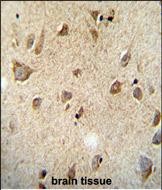



| WB | 1/500-1/16000 | Human,Mouse,Rat |
| IF | 咨询技术 | Human,Mouse,Rat |
| IHC | 1/100-1/500 | Human,Mouse,Rat |
| ICC | 1/10-1/50 | Human,Mouse,Rat |
| FCM | 咨询技术 | Human,Mouse,Rat |
| Elisa | 咨询技术 | Human,Mouse,Rat |
| Aliases | Proto-oncogene tyrosine-protein kinase receptor Ret, Cadherin family member 12, Proto-oncogene c-Ret, Soluble RET kinase fragment, Extracellular cell-membrane anchored RET cadherin 120 kDa fragment, RET, CDHF12, CDHR16, PTC, RET51 |
| Entrez GeneID | 5979 |
| WB Predicted band size | 124.3kDa |
| Host/Isotype | Mouse IgM |
| Antibody Type | Primary antibody |
| Storage | Store at 4°C short term. Aliquot and store at -20°C long term. Avoid freeze/thaw cycles. |
| Species Reactivity | Human |
| Immunogen | This RET Monoclonal antibody was raised using purified His-tagged recombinant human RET. |
| Formulation | Purified antibody in PBS with 0.05% sodium azide. |
+ +
以下是关于RET抗体的3篇参考文献,涵盖不同研究方向和摘要概述:
---
1. **文献名称**:*"Activation of a novel human transforming gene, ret, by DNA rearrangement"*
**作者**:Takahashi, M., Ritz, J., & Cooper, G. M.
**摘要**:该研究首次克隆并鉴定了RET原癌基因,揭示了其通过DNA重排激活的机制,为后续RET蛋白功能研究及抗体开发奠定了基础。
2. **文献名称**:*"RET tyrosine kinase signaling in development and cancer"*
**作者**:Arighi, E., Borrello, M. G., & Sariola, H.
**摘要**:综述RET受体在胚胎发育和肿瘤发生中的信号通路,强调其作为治疗靶点的潜力,并讨论了针对RET的单克隆抗体在癌症诊断和治疗中的应用前景。
3. **文献名称**:*"Immunohistochemical detection of RET protein in thyroid carcinomas"*
**作者**:Santoro, M., Carlomagno, F., & Melillo, R. M.
**摘要**:通过免疫组化(使用特异性RET抗体)分析甲状腺癌中RET蛋白的表达模式,证实其在髓样癌和乳头状癌中的异常激活,支持其作为诊断标志物的价值。
---
**注**:若需具体文献的全文链接或出版年份,建议通过PubMed或Google Scholar按标题和作者进一步检索。
The RET (rearranged during transfection) proto-oncogene encodes a receptor tyrosine kinase critical for cell signaling, particularly in neural and urinary tract development. RET activation occurs through binding to ligands of the glial cell line-derived neurotrophic factor (GDNF) family, triggering dimerization and downstream pathways like MAPK and PI3K-AKT. Dysregulated RET signaling—via mutations, fusions, or overexpression—is implicated in cancers such as medullary thyroid carcinoma, non-small cell lung cancer, and papillary thyroid cancer.
RET antibodies are essential tools for detecting RET protein expression, phosphorylation status, and genetic alterations (e.g., RET fusions like CCDC6-RET). They are widely used in research and diagnostics via techniques like immunohistochemistry, Western blotting, and fluorescence in situ hybridization. Phospho-specific antibodies help assess RET activation, aiding in studies of oncogenic mechanisms and therapeutic responses.
Therapeutically, RET-targeting agents (e.g., selpercatinib, pralsetinib) have emerged, with antibodies supporting biomarker analysis to identify patients eligible for these treatments. Additionally, some antibody-based therapies, including bispecific antibodies or antibody-drug conjugates, are under exploration. However, challenges remain in addressing resistance mutations and optimizing specificity. Overall, RET antibodies play a pivotal role in understanding RET-driven oncogenesis and advancing precision oncology approaches.
×